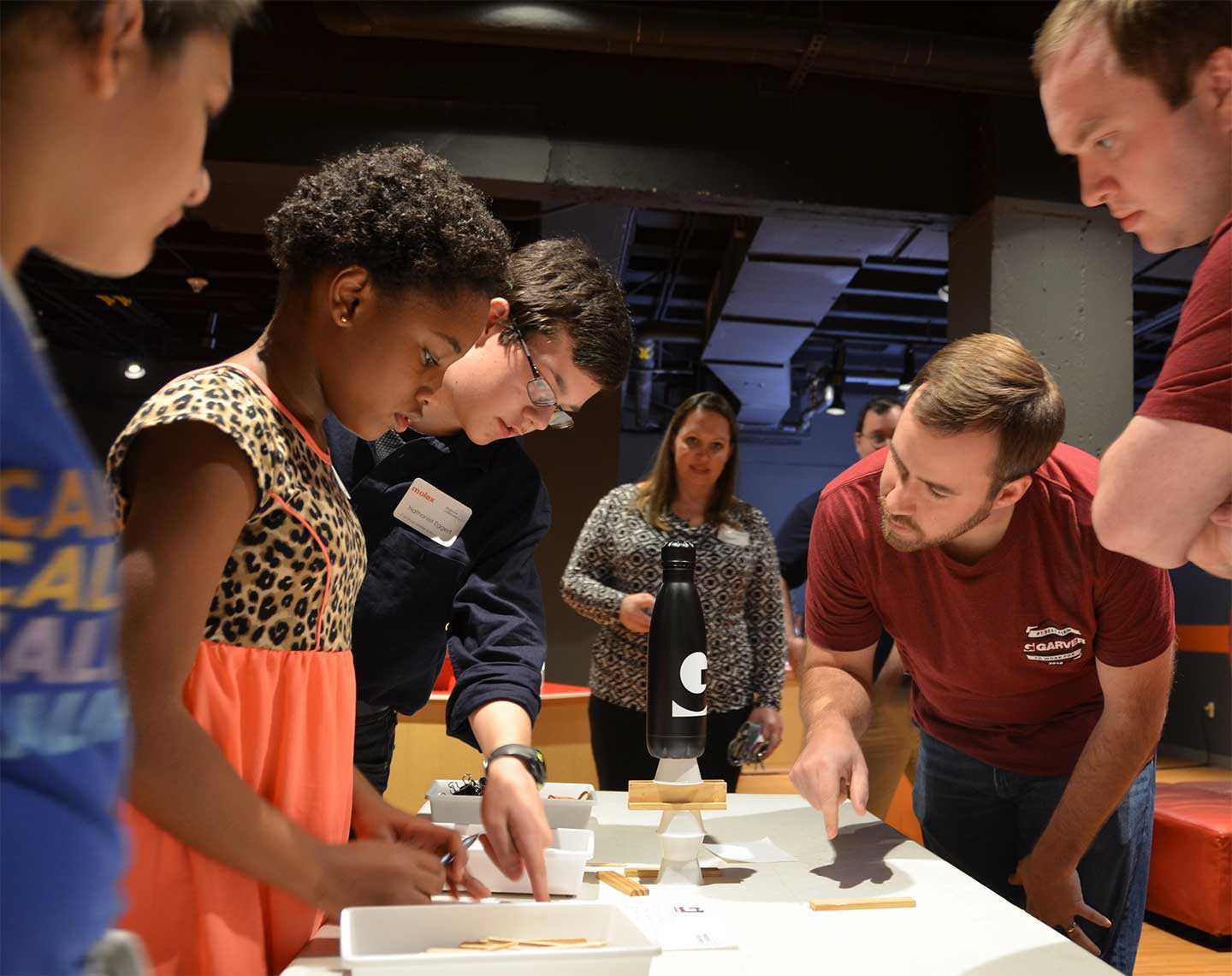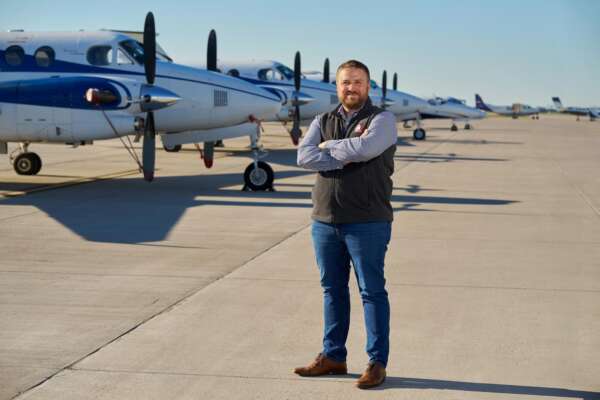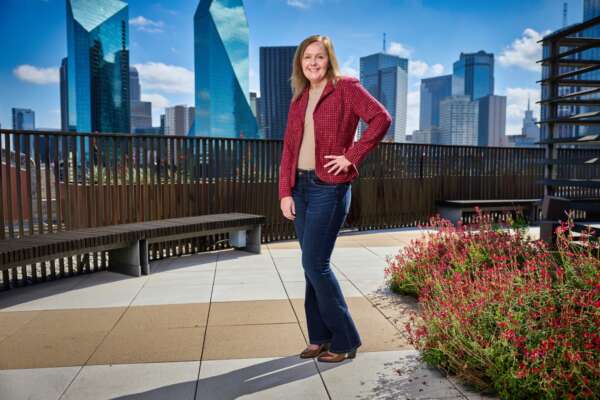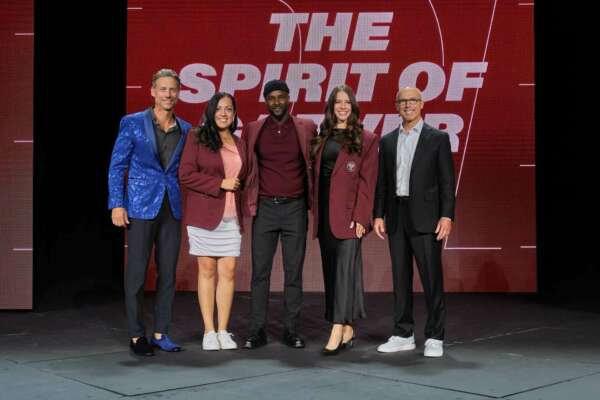Garver highlights STEM benefits in Kansas City Business Journal
To help introduce core engineering concepts to students at a young age, Garver is always supportive of STEM education initiatives. Garver Aviation Team Leader Mark Williams recently touched on such initiatives in the Kansas City Business Journal's special Engineering Week issue.
Williams, based in Garver’s Overland Park, Kansas office, wrote on the importance of creativity, teamwork, and perseverance as key concepts in using engineering as a way to positively impact communities.

Titled “Engineering engineers,” Williams’ article can be read in its entirety below:
If you ask any elementary school student, “What do you want to be when you grow up?” they will often give you a dreamy, idealistic vision of their future: “a professional athlete … a movie star.” It’s always entertaining to hear their responses and what brought them to their answer.
As we think about our global economy and the increased need for skills in STEM-related fields, the question I ask now is, “What problem do you hope to solve one day?”
This new line of questioning can not only help our youth ponder careers that require critical thinking and problem solving, it also takes away the “when you grow up” time limitation. We need innovators and problem solvers now to address current and future challenges in business, especially in areas related to science, technology, engineering and math.
According to Stanford Innovation Review, despite billions in annual spending to promote STEM education, the United States is not producing enough graduates to meet the needs of our companies.
As an engineer for Garver tasked with the design of complex airport projects, I am particularly interested in cultivating the next generation of “E’s” in STEM – our nation’s future engineers. To do that, my company draws from the strong foundation laid by past generations of engineers as Garver celebrates its 100th year in business.
In 1919, the war effort took Neal Garver to Little Rock, Arkansas to oversee the construction of a munitions plant. Afterward, he saw an opportunity to help improve the infrastructure in a state that, at the time, had few engineers.
My company’s first engineer helped spark a series of events that has created a positive, lasting impact on the employees, clients, and the communities Garver serves today — a chain reaction a century in the making.
Our employee-driven corporate giving program, GarverGives, is a byproduct of that positive momentum, supporting STEM education, community stewardship, and charitable donations. For Garver’s centennial year, GarverGives will donate chain reaction STEM Kits and monetary donations to 100 schools throughout our company’s footprint. Recipient schools will be challenged to use the kits to create their own Rube Goldberg-style chain reaction courses for the Garver Chain Reaction Challenge.
Through this hands-on activity, students can gain a better understanding of STEM concepts such as gravity, motion, momentum, force and speed. By providing opportunities for students to work alongside our engineers, it also introduces them to the engineering design process and teaches the importance of problem solving skills and perseverance.
Effective STEM education is much more than bombarding young learners with technical information, algorithms and formulas. When we can help students use creativity and teamwork to develop the problem solving and critical thinking skills needed to accomplish complicated tasks, we help them make steps toward achieving STEM literacy.
The word “engineer” is derived from the Latin words ingeniare (to create, generate, contrive, devise) and ingenium (cleverness). When we have opportunities to bring engineering to life for kids, they can realize how fun and rewarding it can be to pursue a career that is truly the perfect blend of science and creative thinking.
If we help students realize that through engineering, they can create things that change the world or make their community a better place -- now and in the future. Engineers often design systems and structures that extend well beyond their lifetime. Much like Neal Garver, their designs can benefit their children, as well as their children’s children.
Looking back over the technological advances that have evolved in our industry over the past 100 years, I wonder if our founder could fathom that we now use drones to inspect the bridges we design, GIS for airport engineering, or radio telemetry for real-time monitoring of the water reclamation systems we develop. As I stand at the crossroads of Garver’s history and future, it’s difficult to wrap my mind around what the next generation of engineers will accomplish over the next 100 years.
And as I pose the same question to myself that I ask students – “What problem do you want to solve one day?” – my answer has evolved. I want to inspire students to pursue a career in engineering and play a role in designing, creating and building the next generation of engineers.
Garver is celebrating its centennial year in 2019. To learn more, visit our centennial celebration page.








Share this article